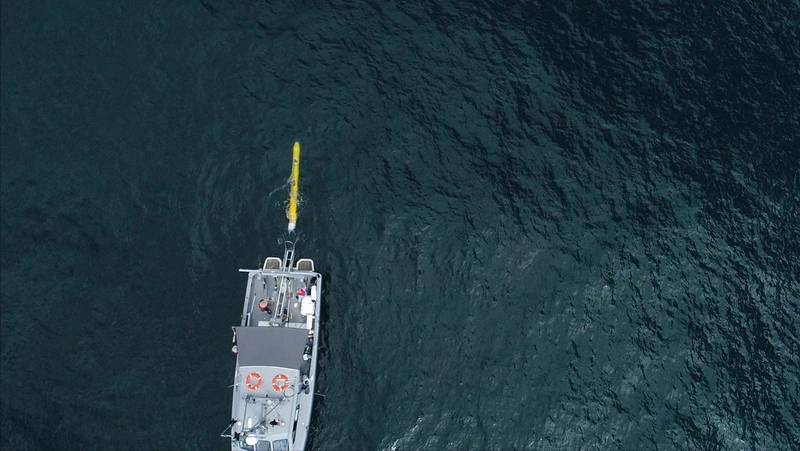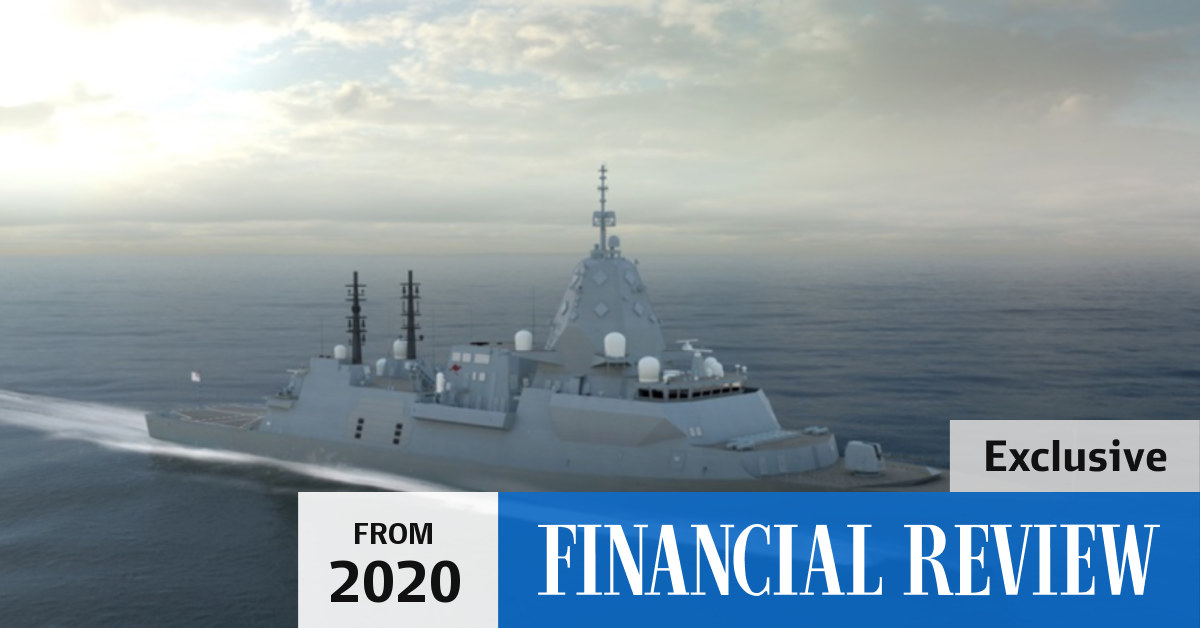Joe Black
Active Member
RAN has put up a video of their industry placement with CEA. The video contains a lot of great footage on the CEAFAR radar. Worth a watch:
There is a great series of pic's in the defence web site of this Exercise.
Worth a look
Regards S
Appreciate the advise but a link would be useful. Otherwise it is very much a one liner!
Alexsa
You don't look sorry. Report to @ASSAIL for counselling through the medium of chipping and painting.Apologies for being lazy.
DDG 38 just posted the image
Great Pic
Regards S
Not nearly harsh enough, I suggest scrubbing out the Omnipure tanks.You don't look sorry. Report to @ASSAIL for counselling through the medium of chipping and painting.
I know but he's a civvy and we have give him a bit of leeway. Assail is old school navy. Think he may have been Nelson's buffer.Not nearly harsh enough, I suggest scrubbing out the Omnipure tanks.
Reporting for dutyI know but he's a civvy and we have give him a bit of leeway. Assail is old school navy. Think he may have been Nelson's buffer.
Was always a lovely smell when they had to open it up down 163 mess !! Thankfully not that oftenNot nearly harsh enough, I suggest scrubbing out the Omnipure tanks.

Nah! Better a half necklace search on CVS21 in harbour, Air Group embarked with 1200 men using the heads with direct discharge to sea.Not nearly harsh enough, I suggest scrubbing out the Omnipure tanks.
Wow, a carrier warrie. Better rope off the area and pipe all 3 badgemen to the scene. Were you duty Greenie when god said let there be light ?Nah! Better a half necklace search on CVS21 in harbour, Air Group embarked with 1200 men using the heads with direct discharge to sea.
Blind mullets aplenty!

(Bold my addition)AFR said:Both European shipbuilders had put forward designs based on ships already in service with their respective navies, but BAEs Type 26 was a new design and at that stage only had one ship under construction for the Royal Navy.The initial design, as pitched to the government, gave the frigate a weight of 8800 tonnes when fully loaded and length of 149.9 metres.The winning bid deviated from the base UK design because it was required to include the Australian developed CEA phased array radar, the American Aegis combat system and an Australian developed combat tactical interface by SAAB.Construction of the first ship is due to start in December 2022.
Australia purchased a design concept and the design is changing significantly, and that is going to increase risk to the program. Defence industry source Defence industry sources said incorporating the radar, which is regarded as world leading, was proving problematic because of its weight and power consumption.Unlike conventional radars, the data processing by the CEAFAR radar is done within the mast, making it very top-heavy. It also uses more power than standard radars. One industry source said the frigates weight was on track to exceed 10,000 tonnes, necessitating the need for the hull to become bigger, which could affect its speed, acoustic performance and ability to conduct stealthy anti-submarine warfare operations.
...
The first Type 26 frigate is being constructed in Glasgow and design changes flowing from production have increased the design’s baseline weight and slightly extended its overall length, The Australian changes being made to the Type 26 design, including the incorporation of CEA Technologies’ advanced phased array radar, remain within the agreed weight and space envelopes of the Hunter Class design. Craig Lockhart, managing director of BAE subsidiary, ASC Shipbuilding, which will construct the frigates, said the Australian version was much more complex than its British parent and the topside was different.But he said the project remained within budget and it was too early to speculate on the frigates final size because it was still being designed.He said there had been no deviation from the Commonwealths seagoing criteria for speed, range, noise and acceleration It might end up we move the weight parameters, that we move the margin parameters. They are all part of the design process, he said: We might get to the point where we have to make some hard decisions and give some hard choices back to the Commonwealth to stay within those characteristics, but the maturity of the process at the moment, it doesnt give me any concern that we wont be able to meet those characteristics.
Which is complete fine, as they are expected to have similar capabilities, if a bit a different focus and different fit out and equipment.I wouldn't be overly concerned about it at the moment. The design hasn't been finalised and there is time before crunch decisions have to be made. At 10,000 tonnes full load, it'll be the size of a Flt III DDG-51.
